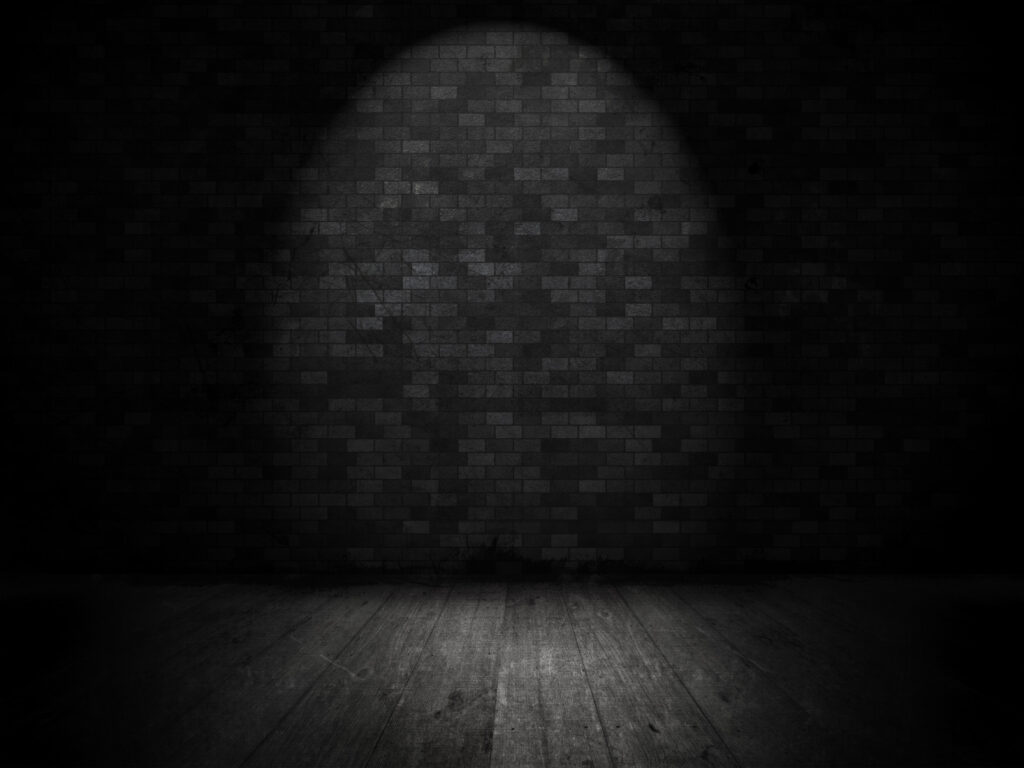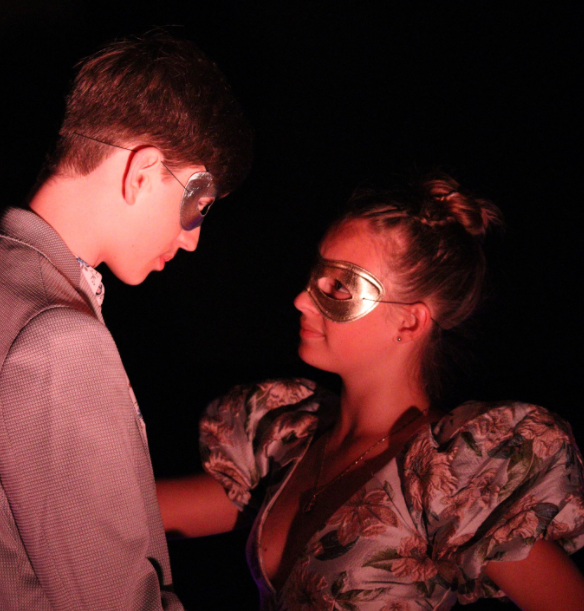
Black Box Theatre: An Intimate and Versatile Space for Innovative Performances
The Black Box Theatre is a performance space that has become increasingly popular in recent years due to its intimate and versatile nature. Unlike traditional proscenium stages, black box theatres are usually small, square or rectangular spaces with black walls, floors, and ceilings. This blank canvas provides a unique opportunity for directors, actors, and designers to create innovative and immersive productions that engage and challenge audiences.
The History of the Black Box Theatre
The origins of the Black Box Theatre can be traced back to the 1960s and 1970s when experimental theatre companies were looking for new ways to break away from the traditional theatre model. They wanted to create a more intimate, immersive experience for audiences and challenge the status quo of theatre. The Black Box Theatre was born out of this movement as a space that could accommodate the experimental and often unconventional performances that these companies were producing.
The Advantages of the Black Box Theatre
One of the primary advantages of the Black Box Theatre is its versatility. With its simple, blank design, it can be transformed into any kind of space. The audience can be seated in any configuration, and the stage can be placed in any position. This versatility allows for a wide range of productions to be staged, from traditional plays to experimental performance art.
Another advantage of the Black Box Theatre is its intimacy. With a small audience capacity, typically ranging from 50 to 100 people, the actors and audience are in close proximity. This creates a unique energy and connection between the performers and the audience, making for a more immersive experience.
The Challenges of the Black Box Theatre
While the Black Box Theatre provides many advantages, it also presents some challenges. Due to its versatility, the space can be difficult to design and light properly. The director and designers must carefully consider the placement of the audience and the stage, as well as the lighting and sound design, to ensure that the production is successful.
The small size of the Black Box Theatre can also present challenges for actors. They must be aware of their movements and the placement of the audience to ensure that everyone can see and hear them. This requires a different approach to acting than on a traditional stage.
Examples of Black Box Theatre Productions
Black Box Theatres have been used to produce a wide variety of productions. Some examples include:
- “The Vagina Monologues” by Eve Ensler
- “The Bald Soprano” by Eugene Ionesco
- “Trainspotting” by Irvine Welsh
- “The Laramie Project” by Moisés Kaufman
- “The Nether” by Jennifer Haley
Conclusion
The Black Box Theatre is a unique and versatile performance space that has become increasingly popular in recent years. While it presents some challenges, its intimacy and flexibility make it an ideal space for innovative and immersive productions. Whether producing traditional plays or experimental performance art, the Black Box Theatre provides a blank canvas for directors, actors, and designers to create engaging and challenging productions that push the boundaries of theatre.






